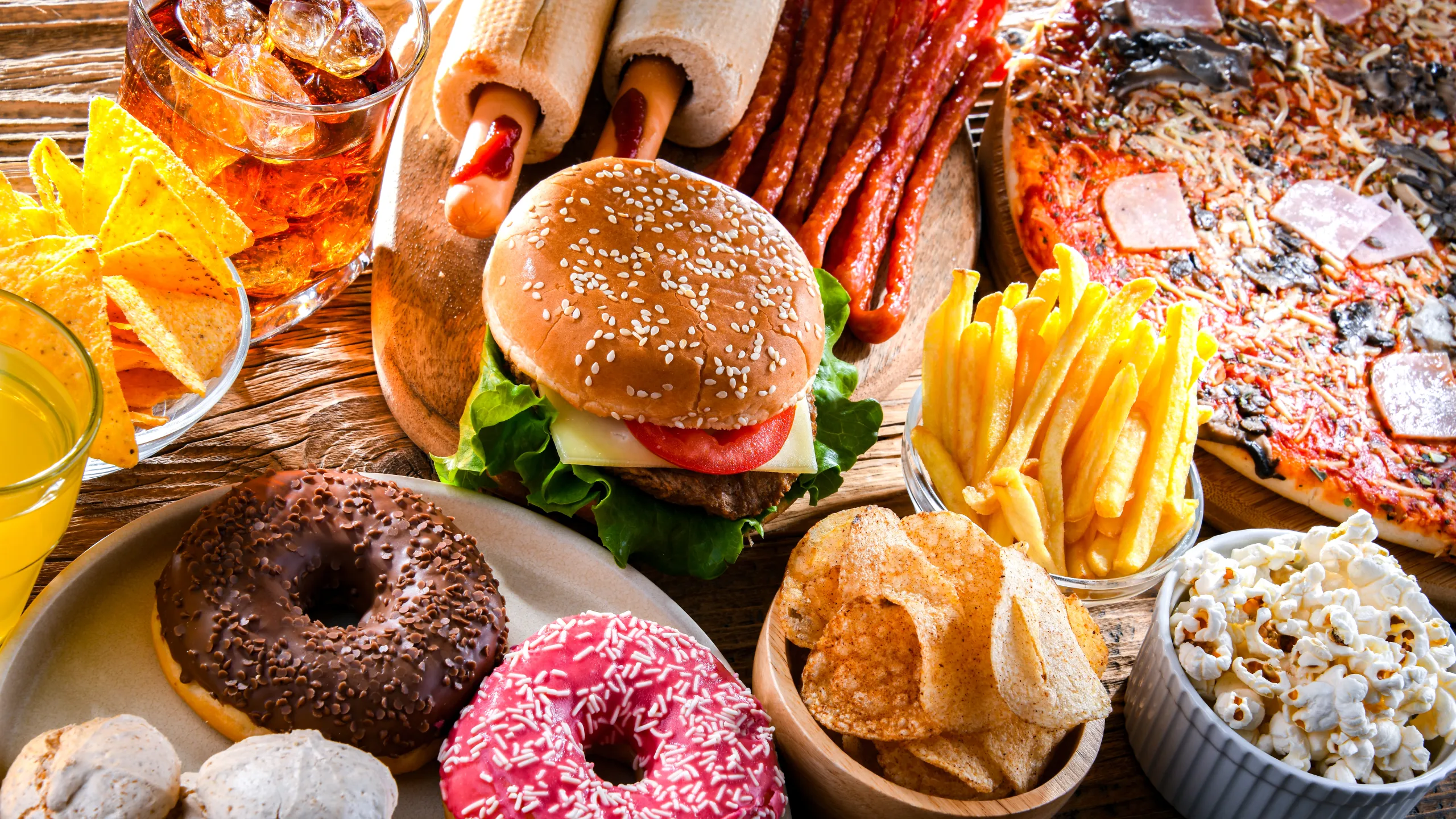Amoebas are fascinating single-celled organisms that belong to the kingdom Protista. They are primarily found in freshwater, saltwater, and moist soil environments. One of the most intriguing aspects of amoebas is their unique method of obtaining food, which showcases their adaptability and simplicity as life forms. This article explores how does amoeba obtain its food, including their feeding mechanisms, types of food sources, and the ecological significance of their feeding habits.
The Structure of an Amoeba
Before delving into the feeding process, it’s essential to understand the structure of an amoeba. An amoeba is typically characterized by its irregular shape and the presence of cytoplasm, which is divided into two parts: the ectoplasm (the outer, more gel-like layer) and the endoplasm (the inner, more fluid region). The plasma membrane surrounds the entire organism and is crucial for regulating the intake of substances. Amoebas do not have a rigid cell wall, which allows them to change shape easily, facilitating their feeding mechanism.
Feeding Mechanism: Phagocytosis
Amoebas primarily obtain their food through a process known as phagocytosis. This method involves engulfing food particles, which can include bacteria, small protozoa, algae, and organic debris. The steps of phagocytosis can be broken down as follows:
- Detection and Movement: Amoebas are equipped with sensory structures that allow them to detect food particles in their environment. When a food source is identified, the amoeba extends its pseudopodia (temporary projections of cytoplasm) toward the food particle.
- Engulfing the Food: Once the pseudopodia surround the food particle, they fuse together, effectively enclosing the particle within a food vacuole—a membrane-bound sac within the amoeba’s cytoplasm.
- Digestion: The food vacuole then fuses with lysosomes, which contain digestive enzymes. These enzymes break down the engulfed material into smaller, absorbable molecules. The nutrients are then absorbed into the cytoplasm, where they can be utilized for energy and growth.
- Excretion of Waste: After digestion, any indigestible remains are expelled from the amoeba through a process known as exocytosis. The waste material is transported to the cell membrane and released back into the environment.
Types of Food Sources
Amoebas are opportunistic feeders, meaning they consume whatever food is available in their environment. Their diet primarily consists of:
- Bacteria: Many amoebas thrive on bacterial populations, playing a crucial role in controlling bacterial densities in aquatic ecosystems.
- Algae: Some species of amoeba consume algae, contributing to nutrient cycling within their habitats.
- Organic Debris: Amoebas also feed on decaying organic matter, which helps decompose and recycle nutrients in the ecosystem.
The ability to consume a variety of food sources allows amoebas to thrive in diverse environments, from freshwater ponds to damp soil.
Ecological Significance
The feeding habits of amoebas are not only vital for their survival but also play a significant role in the ecosystem. By consuming bacteria and organic matter, amoebas help maintain the balance of microbial communities. They are an essential component of the food web, serving as a food source for larger organisms, such as protozoa, small invertebrates, and even fish.
Amoebas also contribute to nutrient recycling. Through their feeding activities, they break down organic material, returning nutrients to the soil and water, which are essential for the growth of plants and other organisms. This process fosters a healthy ecosystem, promoting biodiversity and ecosystem stability.
Adaptations and Survival
Amoebas possess several adaptations that enhance their ability to obtain food and survive in various environments. Their flexible shape allows them to move through different substrates and reach food particles that may be trapped in organic matter. Additionally, their rapid movement and ability to change direction quickly enable them to navigate their surroundings effectively.
Moreover, amoebas can enter a dormant state called encystment when environmental conditions become unfavorable (e.g., extreme temperatures, low oxygen levels). During this state, they can survive until conditions improve, allowing them to resume feeding and normal activities.
Conclusion
In summary, how does amoeba obtain its food involves a fascinating and efficient method through phagocytosis. Their ability to engulf a variety of food sources, from bacteria to organic debris, highlights their role as crucial players in ecosystems. By participating in nutrient cycling and serving as a food source for other organisms, amoebas contribute significantly to the health and stability of their environments. Their remarkable feeding mechanism exemplifies the ingenuity of nature, demonstrating how even the simplest life forms can have profound ecological impacts.



